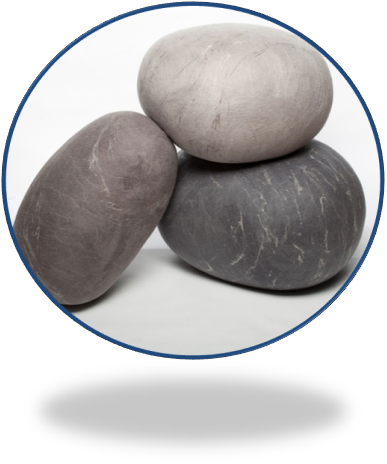
| ... because before long, I had a couple of messages in my inbox from fellow teachers who made the note for us! Saw you guys on the Wiggins blog! ... and ... Congrats to your kids on their project with Grant Wiggins! What in the world?! I am incredibly embarrassed to say at this point that I was not one of the over 6500 people already reading Dr. Wiggins' blog on a regular basis; this just became an even bigger deal than the big deal we already knew it was! So the pressure was now on with our new challenge from Dr. Wiggins and the thousands of eyeballs on our work:
|

|